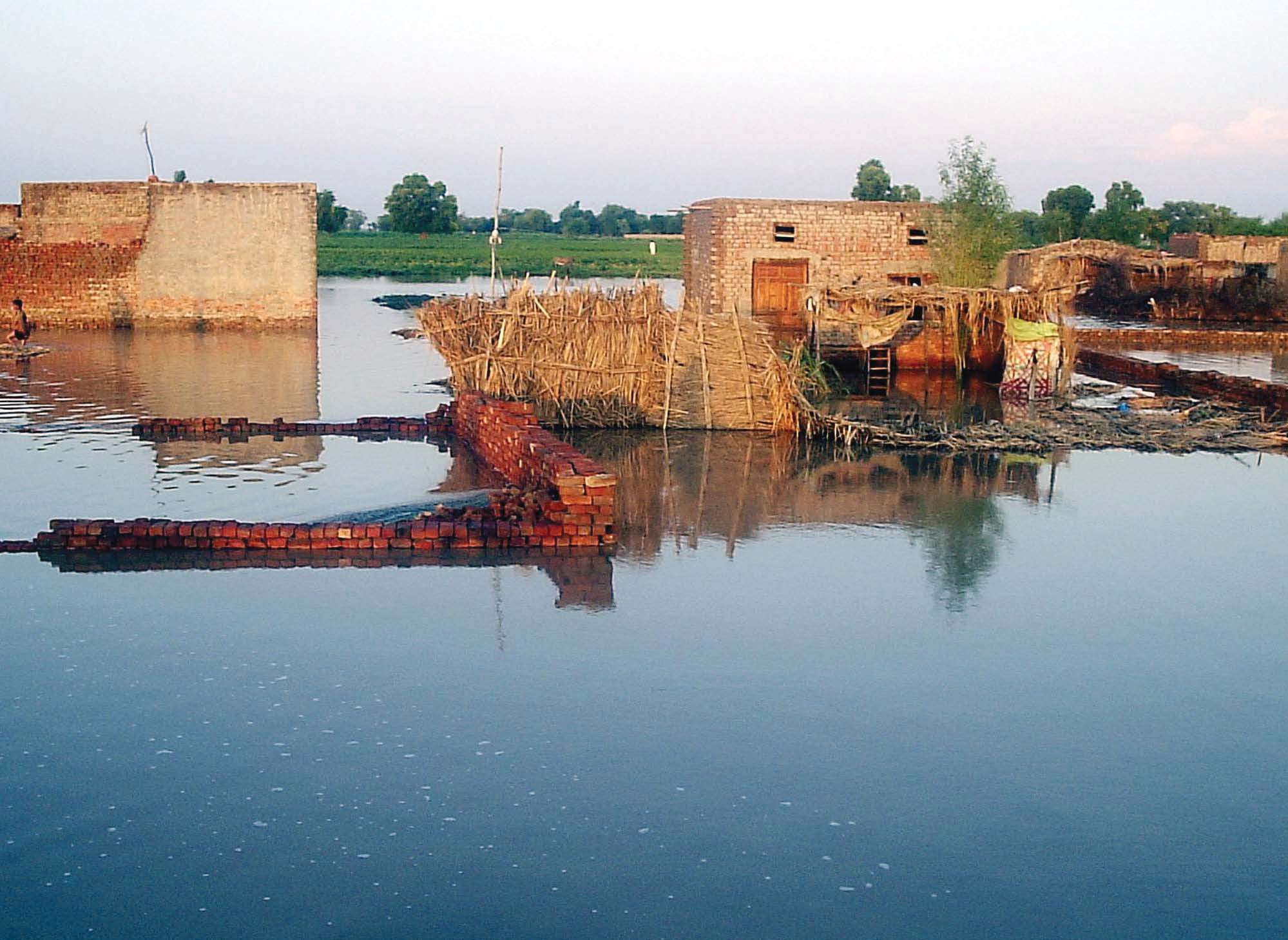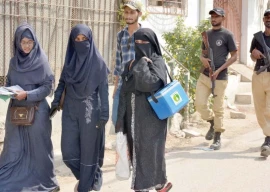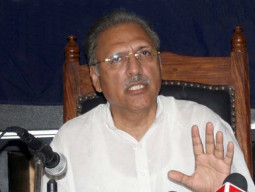
Over the years, riverine floods – triggered by heavy rainfall – used to be the main reason for loss of lives, but this year-round, experts say, electric shocks and roof collapses claimed majority of the lives, apart from landslides.
They believe that had the intensity of rain been severe, rivers would have overflowed, triggering riverine floods.
From June 26 to July 23, heavy monsoon showers in the country claimed 87 lives, including 24 of children and 10 of women, according to the latest report released by the National Disaster Management Authority (NDMA) on Saturday.
Pre-monsoon rains ‘have killed 43’ in the country
About 119 people, including 17 children and 18 women, sustained injuries in rain-related incidents, while 120 houses were damaged, the report said.
It further stated that the highest number of deaths was reported from Punjab with 30 people losing their lives, followed by Balochistan with 26 lives, Khyber-Pakhtunkhwa (K-P) 13, the Federal Administrated Tribal Areas (Fata) eight, Sindh six, Islamabad Capital Territory three and Azad Jammu and Kashmir (AJK) one.
Meanwhile, the highest number of injuries was reported from Punjab with 77 people wounded, followed by Sindh 17, K-P 14, Fata 10 and AJK one, it added.
An official monitoring the monsoon situation in Pakistan said, “Since the onset of the monsoon season this year, there has been no riverine flooding in the country, but still the death toll is close to 90 in just one month, which is worrisome.”
According to the official, every year dozens of people lose their lives, which speaks volumes about the ill-preparedness of the relevant authorities in taking precautionary measures during flooding in urban areas.
Pre-monsoon rains soon, predicts Met office
“When Pakistan is not capable of dealing with urban flooding, how can it deal with riverine flooding which has created havoc several times in the past!” exclaimed the official. “Karachi is the best example where rain becomes a nightmare for citizens rather than a blessing.”
The situation in small cities and far-flung areas was pathetic as nullahs and drainage systems had not been cleaned before the arrival of the monsoon season and people were not sensitised about taking precautionary measures during rains, the official stated.
“The authorities just issue high alerts to provincial departments which forward these alerts to authorities working in districts, and hardly any practical work is being done on ground,” he lamented.
Weather forecast
Pakistan Meteorological Department Director-General Ghulam Rasul told The Express Tribune that currently monsoon is in an active phase and a new system has just entered the country which is expected to produce heavy showers for three days, starting on Sunday (today).
He said that during the last 21 days, overall rainfall in the country was close to normal.
Meanwhile, on a regional scale, variable rainfall has so far been witnessed – above normal in Sindh; close to normal in Punjab, AJK, Balochistan and K-P; and below normal in Gilgit-Baltistan.
“After many years, this is the first time that Pakistan is receiving ‘traditional’ monsoon showers,” said Rasul. “This year all parts of the country are receiving rainfall simultaneously.”
The Met Office has predicted strong monsoon currents to penetrate eastern parts of the country from Saturday, which will produce more rains over the next three days.
The Met Office said in a statement that heavy to very heavy rainfall is expected in Rawalpindi, Sargodha, Gujranwala, Lahore and Faisalabad. While moderate to heavy rainfall is expected in Khyber-Pakhtunkhwa, Fata, DG Khan, Multan, Bahawalpur, Sahiwal, Sukkur, Larkana, Karachi and Gilgit-Baltistan, it added.
1718870162-0/BeFunky-collage-(60)1718870162-0-405x300.webp)
1730504285-0/Martha-(1)1730504285-0-165x106.webp)



1732340798-0/BeFunk_§_]__-(35)1732340798-0.jpg)











COMMENTS
Comments are moderated and generally will be posted if they are on-topic and not abusive.
For more information, please see our Comments FAQ